European cedar pine: description, types, tips for growing and reproduction

The second name of the European cedar pine is European cedar. The Latin name is pinus cembra. This is one of the varieties of the pine family. In its natural environment, it grows on slopes reaching 2500 meters above sea level. This tree distinguishes it frost resistance. Frost can reach over 40 degrees Celsius, and even this air temperature will not have a detrimental effect on the cedar. At the same time, the tree is susceptible to changes in soil moisture and air environment.
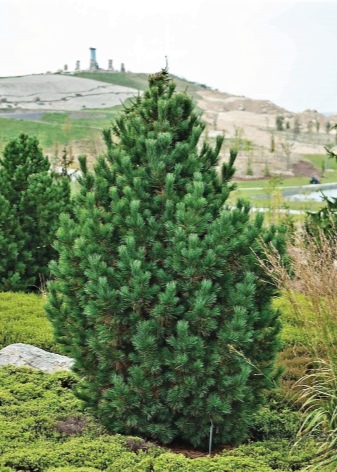
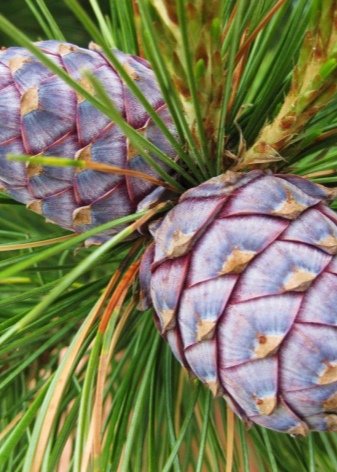
Description
The European cedar pine is in many ways similar to the Siberian cedar pine, but differs in smaller stature and needles elongated up to 9 centimeters. The needles form a bundle of 5 pieces. The color of the needles is bluish-green. Thin needles form an expanding ovoid crown.
With a 25-meter trunk in diameter, the tree can reach one and a half meters. Young specimens have an even and slender trunk, which deforms over the years, acquiring bizarre shapes.
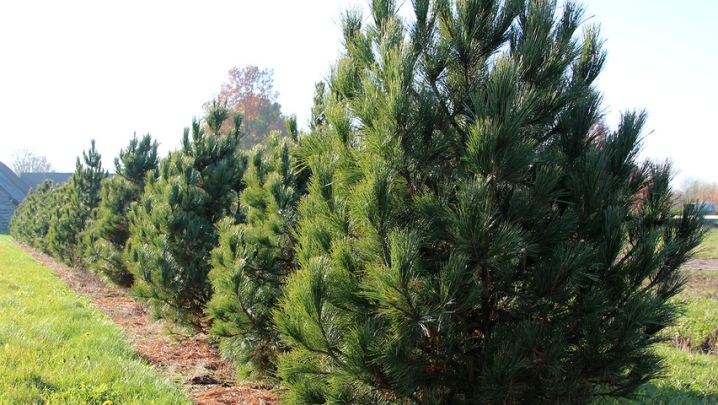
The tree is abundantly dotted with almost round cones: they can be up to 8 centimeters long and up to 7 centimeters wide. They contain seeds - pine nuts. They are quite small: from 8 to 12 millimeters.
In order to collect a kilogram of nuts, you will need about 4,000 seeds.
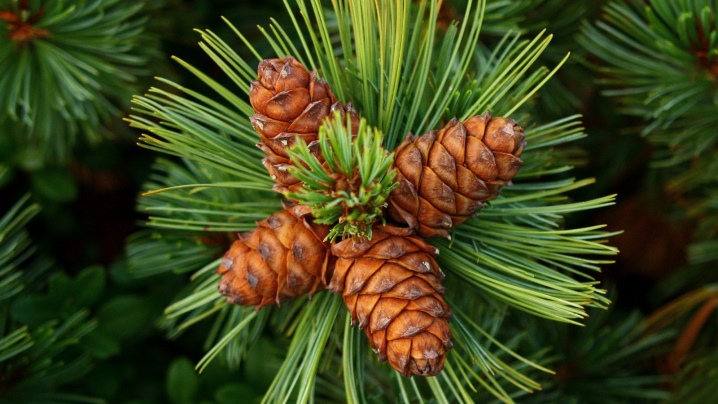
The tree trunk is covered with grooved bark. Its main color is gray-brown, which is interspersed with light brown or reddish. Blooms in May-June.
The root system of the European cedar lies rather deeply and occupies a wide area in diameter.
The wood of the European cedar is considered the best. Its value lies in the durability of the material and a beautiful pattern that allows the use of wood for wall cladding and all kinds of artistic elements.
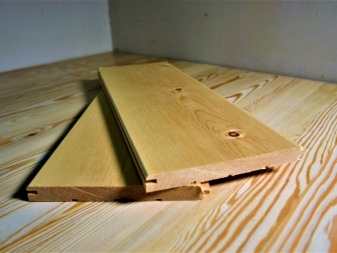

European cedar grows very slowly. For a year, it grows no more than 25 centimeters in height and 10 centimeters in breadth.
Varieties
The European cedar has about 100 species. Among them there are numerous varieties of ornamental species.
The most widespread are:
- "Columnaris" - it is distinguished by the columnar shape of the crown;
- Viridis - this species is characterized by the brightness of the green crown;
- "Aurea" - a kind that has a shade of needles, reminiscent of gilding;
- "Verigata" - a variegated variety of European cedar: one part of the needles is golden, the other is striped, spotted;
- "Glauka compacta" - dwarf pine. The height of the tree is no more than 80 centimeters. It grows very slowly. The branches are directed upwards. Amazingly beautiful needles are two-colored: the outer part is bluish-green, the inner part is blue-white;
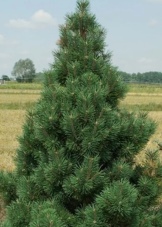
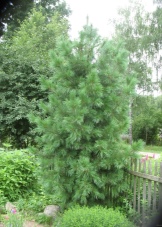
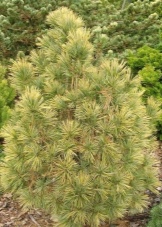
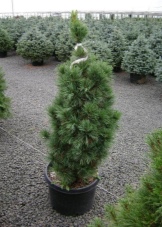
How to choose?
It is preferable to purchase seedlings in specialized nurseries in containers, this will guarantee healthy, intact roots during transplanting into the ground and the absence of plant diseases.
If the seedling was grown in the ground, then it should be with a large lump of near-root soil, the roots should not have any damage.
Trees that have not reached 3 years of age take root better. Their height should not exceed 3 meters. The minimum growth of a tree is 30 centimeters.
During a visual examination, one should pay attention to the healthy saturated color of the needles, the uniformity of its distribution over the tree, the absence of dry branches, and a correctly forming crown shape.
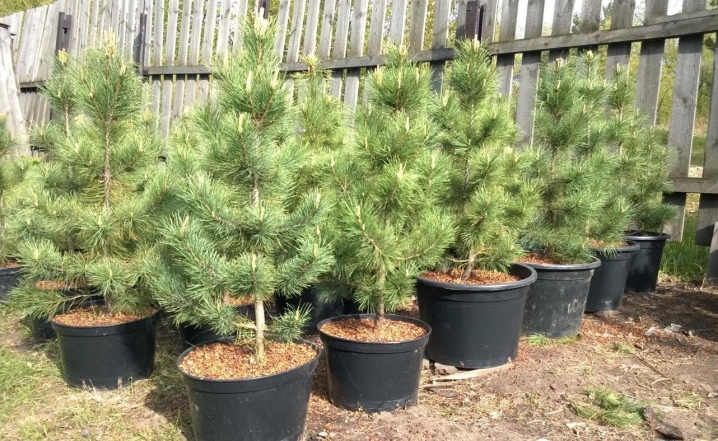
How to plant?
Seedlings from pots in open ground can be planted for a long period: from mid-March to early December. When planning planting, given the impressive size of the root system and crown, the distance between trees and buildings on the site should be taken into account. The interval must be at least one and a half meters.
For a beautiful color of the needles, a place should be chosen well-lit. The depth of the planting pit should be from 80 centimeters to 1 meter with a width of 1.8 meters. The root in the hole should be free, it should not be bent.
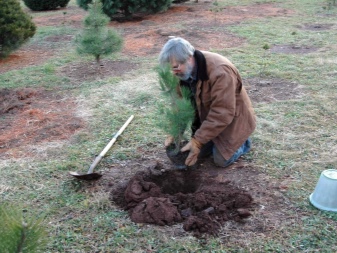
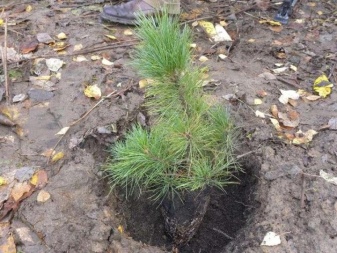
In a pit, 1 bucket of fertile soil and 10 liters of compost are mixed. The seedling is carefully removed from the container, straightening the roots and preserving the root soil as much as possible. So that the roots do not dry out during planting, the seedling is dipped for a while in a bucket of warm water. A mound is formed in the pit, a seedling with straightened roots is installed on it. It should be ensured that the root collar was at ground level. Then the roots are covered with soil, carefully tamping the soil.
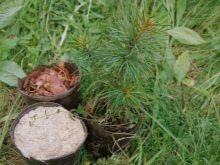
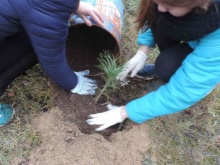
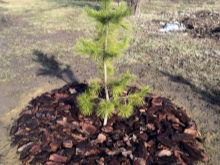
After planting, the seedling should be thoroughly watered, spending up to 5 buckets of warm water per tree. After absorbing water, the soil should be mulched. If the seedling has an asymmetrical crown, then it is required to place it with a poorly developed side to the south.
Follow-up care
Despite the fact that adult cedars are frost-resistant, young seedlings are insulated for the winter with spruce branches.
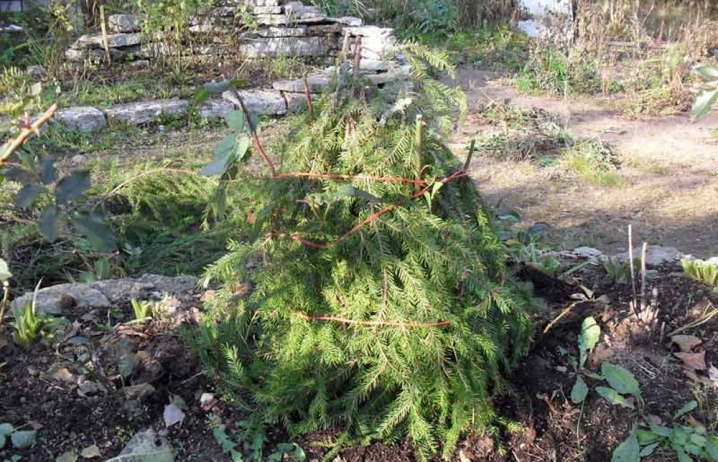
When growing on a personal plot, the cedar bears fruit in 15 years, the harvest is obtained every 2 years.
Watering
Caring for European cedar pine is mainly to create an optimal level of humidity. In addition to watering, young trees also need spraying of the crown.... In the spring, for a gradual awakening, the seedling should be watered and sprayed abundantly. During the awakening of the buds, the tree needs about 50 liters of water.
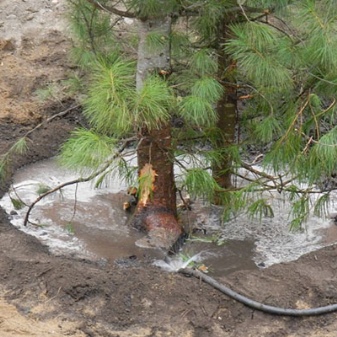
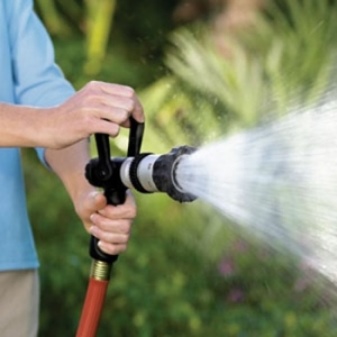
In hot summer, cedar pine will rise and sparkle with juicy green needles from the rain, while emitting a uniquely pleasant coniferous aroma.
Mature trees do not require watering, as the resulting coniferous litter retains moisture perfectly.

Top dressing
It is required to feed the tree immediately at the time of planting the seedling and during the first two to three seasons. Initially, the soil can be fertilized with humus or nitroammophos. Subsequently, they are fed with mineral fertilizers at 30-40 grams per square meter. Nitrogen fertilizers are not at all suitable for cedar pine. For better development and frost resistance, young trees can be fertilized with phosphorus-potassium compounds.
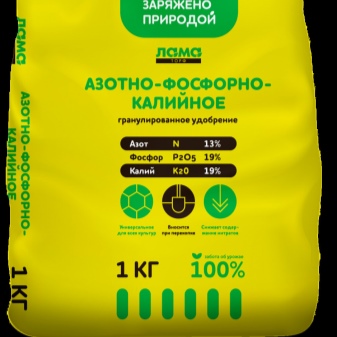
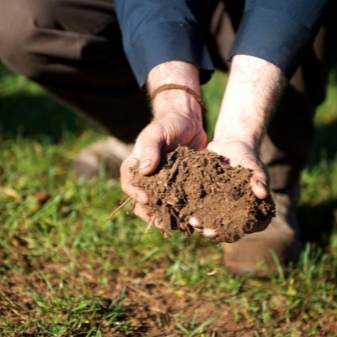
Pruning
Regular pruning is not required. Only when necessary. These could be the following reasons:
- to form a dense crown, it is recommended to shorten the annual growth by half, which leads to a decrease in the growth of other shoots;
- during sanitization, damaged or diseased shoots are removed;
- to slow down the growth process of the tree, annual growths are carefully removed.
For the formation of the crown, the growth buds should be broken out at the onset of spring or in the fall and the growing shoots should be shortened in the summer.

Disease and pest control
European cedar is characterized by strong immunity, however, it can also be susceptible to diseases.
The most common diseases are anamorphic fungi and bud rust.
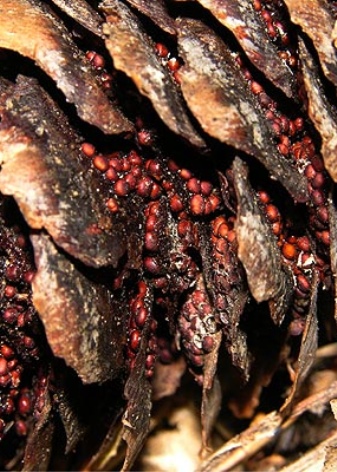

If the needles of the cedar turned red and crumbled, and the tree began to dry out, then there is a high probability of being affected by anamorphic fungi. The fungus affects the root system, which becomes brown. The mycelium, penetrating into the vessels of the tree, clogs them, the access of nutrients stops.
It is impossible to get rid of this disease, therefore, preventive measures should be taken to prevent such a lesion.
To do this, you must perform the following manipulations:
- before the start of the movement of the juice, the seedling should be treated with a copper-containing preparation;
- carry out timely mulching of the soil near the trunk;
- timely collect and burn fallen, affected needles.
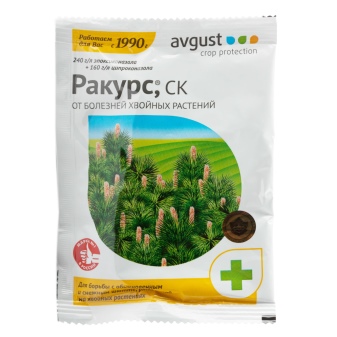

If the tops of the shoots begin to die off, the trunk bends, the open cones fall off profusely, the tree may be exposed to the rust fungus of the cones. It is especially dangerous for young trees, instantly destroying a fragile cedar. For prophylactic purposes, the seedling is recommended to be sprayed with fungicides. It is better to do this in spring and autumn.
Reproduction
It is considered ineffective to propagate cedar using cuttings. Ornamental varieties are sometimes grafted. Propagation of the European cedar is most effective with the help of seeds. The seeds become mature two years after pollination.
The seeds are covered with a thick shell and are in deep vegetative dormancy. The best germination is obtained with stratification, which increases the level of plant sugars and activates the hormonal composition.
The seeds are sown in containers filled with sand and sent to conditions with a temperature regime of 5 degrees Celsius. After stratification, they are sown in greenhouses or in open areas, necessarily covered with a film. This is a rather troublesome process, it is easier to purchase ready-made young trees from special nurseries.
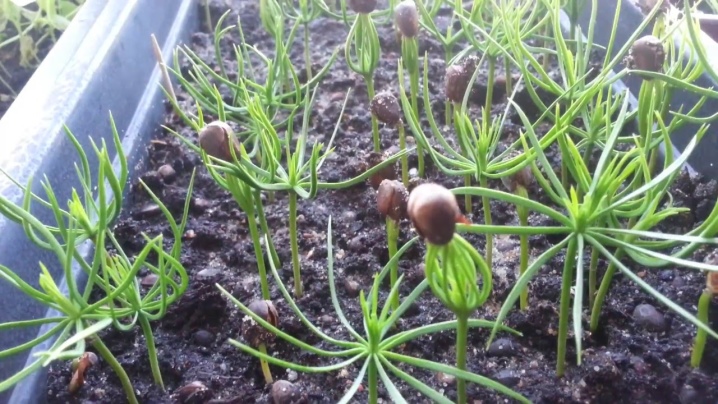
Examples in landscape design
In the landscape, the European cedar is used both in single plantings and in groups with other trees. Cedar goes well with deciduous species, for example, birches. When composing complicated compositions, European cedar is combined with rhododendron, oak, larch, rowan, juniper. The cedar tree looks harmoniously and comfortably takes root next to water bodies.
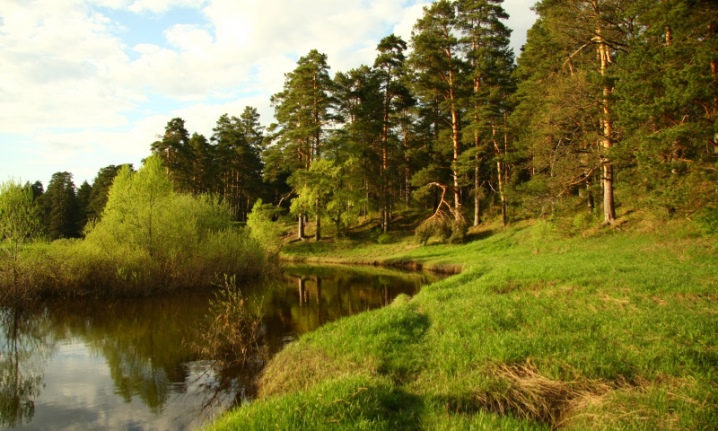
Quite often, the tree is used as a hedge, a curb along a path, or as a border when zoning a site.
For this, dwarf cedar species are ideal, but the distance between trees in this case should be minimal.

Alpine slides are decorated with dwarf decorative species. When creating a rock garden, combinations of pine with placers of stones are good. It is best to place such a decorative corner in elevated areas.
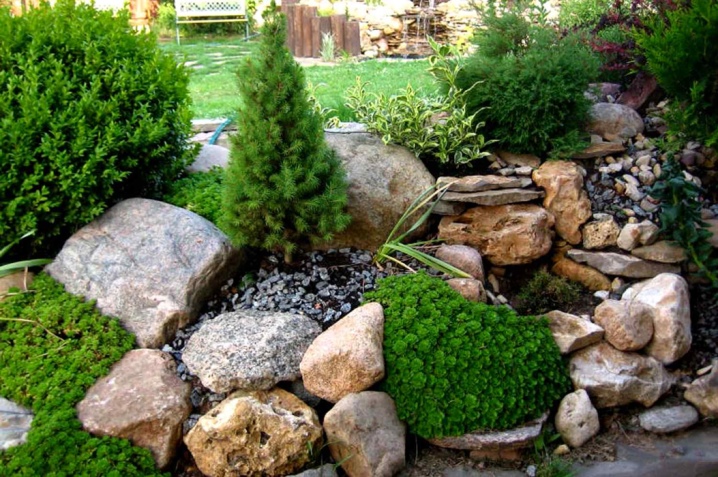
A coniferous tree looks interesting on a garden plot in flower beds that mimic the corners of wildlife, combined with boulders artificially covered with lichens and moss. When creating such corners, trees are planted without observing symmetry, in every possible way emphasizing the natural naturalness of wild nature.

European cedar pine is not only an element of landscape design, but a source of health. Its nuts and healing coniferous aroma will give energy and help in the fight against various diseases.
Features of the variety and a complete description of the characteristics of cedar pine, see below.



































































The comment was sent successfully.